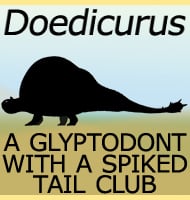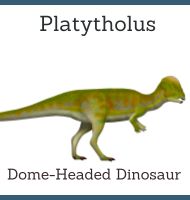In Depth
While Llallawavis was not the largest phorusrhacid (a.k.a. terror bird) ever to live, it was at the time of the genus description the most completely preserved example of one. So complete was the holotype individual of Llallawavis, that even preserved parts of the trachea, and voice box were recovered, soft tissue areas that are usually not preserved at all.
The skull of Llallawavis also shows us two distinct evolutionary adaptations. One is that the skull bones of Llallawavis were fused together (in most birds they are not), and it is thought that this was to withstand the forces impacted against the head when a hunting Llallawavis bashed prey animals with its head. The second feature is the structure of the inner ear, detailed studies of which have shown that it could only pick up sounds that operated within 380 and 4,230 hertz range. By comparison most people can hear an average range of about 20 and 20,000 hertz (though people are born with different abilities and hearing ability will deteriorate with both age and exposure to excessive noise levels). What this means is that Llallawavis could only hear what would sound like very low bass-like sounds, and may well have had a similar low frequency call when communicating with members of the same species (e.g. during courtship).
Further Reading
- A new Mesembriornithinae (Aves, Phorusrhacidae) provides new insights into the phylogeny and sensory capabilities of terror birds. - Journal of Vertebrate Paleontology 35 (2). - Federico J. Degrange, Claudia P.Tambussi, Mat�as L.Taglioretti, Alejandro Dondas & Fernando Scaglia - 2015.








